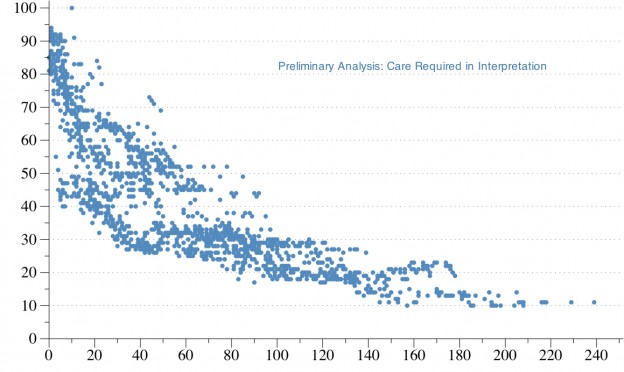With more and more libraries, archives and museums manifestly adopting forensic approaches and tools for handling and processing born digital objects both in the UK and overseas it seemed a good time to take stock. Archivists and curators were invited (via professional email listservs) to submit a short paper for an inclusive and interactive workshop stretching over two days in London.
Institutions are applying digital forensics across the entire lifecycle from appraisal through to content analysis, and have begun to establish workflows that embrace the use of forensic techniques such as the use of write blockers for the formation of disk images, the extraction of metadata and for searching, and the filtering and interpreting of digital data including the appropriate management of sensitive information.
There are two sides to digital forensics for it begins with the protection of digital evidence and concludes with the retrospective analysis of past events and objects. Papers reflecting both aspects were submitted for the workshop (download DLRW 2014 Outline).
It provided participants with opportunities to report on current activities, highlight gaps, constraints and possibilities, and to discuss and agree collective steps and actions.
Source: Applying Forensics to Preserving the Past: Current Activities and Future Possibilities

